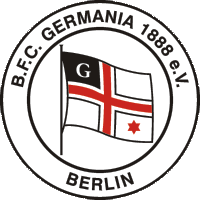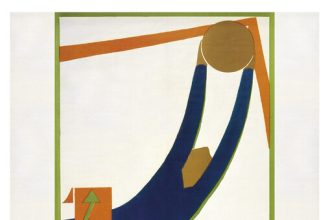The 2010 FIFA World Cup held in South Africa captivated the world with its thrilling matches, passionate fans, and the vibrant spirit of African culture. As the first World Cup to be held on the African continent, it carried immense significance, symbolizing unity, diversity, and the power of sport. Let us take a closer look at this historic tournament and the memorable moments that unfolded.
South Africa, known for its rich history, diverse population, and love for football, proudly hosted the 19th edition of the FIFA World Cup. The event served as a milestone in the country’s transformation, demonstrating its ability to organize a global sporting extravaganza.
Teams:
Australia, Japan, North Korea, South Korea, Algeria, Cameroon, Ghana, Ivory Coast, Nigeria, South Africa(hosts), Honduras, Mexico, United States, Argentina, Brazil, Chile, Paraguay, Uruguay, New Zealand, Denmark, England, France, Germany, Greece, Italy, Netherlands, Portugal, Serbia, Slovakia, Slovenia, Spain, Switzerland.
In 2005, the organizers released a provisional list of 13 venues to be used for the World Cup: Bloemfontein, Cape Town, Durban, Johannesburg (two venues), Kimberley, Klerksdorp, Nelspruit, Orkney, Polokwane, Port Elizabeth, Pretoria, and Rustenburg. This was narrowed down to the ten venues that were officially announced by FIFA on 17 March 2006.
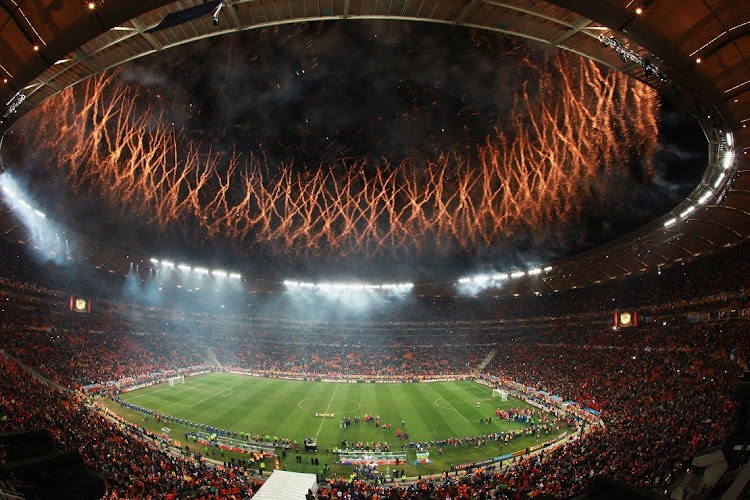
The base camps were used by the 32 national squads to stay and train before and during the World Cup tournament. In February 2010, FIFA announced the base camps for each participating team. Fifteen teams were in Gauteng Province, while six teams were based in KwaZulu-Natal, four in the Western Cape, three in North West Province, and one each in Mpumalanga, the Eastern Cape, and the Northern Cape.
The official mascot for the 2010 World Cup was Zakumi, an anthropomorphized African leopard with green hair, presented on 22 September 2008. His name came from “ZA” (the international abbreviation for South Africa) and the term Kumi, which means “ten” in various African languages. The mascot’s colors reflected those of the host nation’s playing strip – yellow and green.
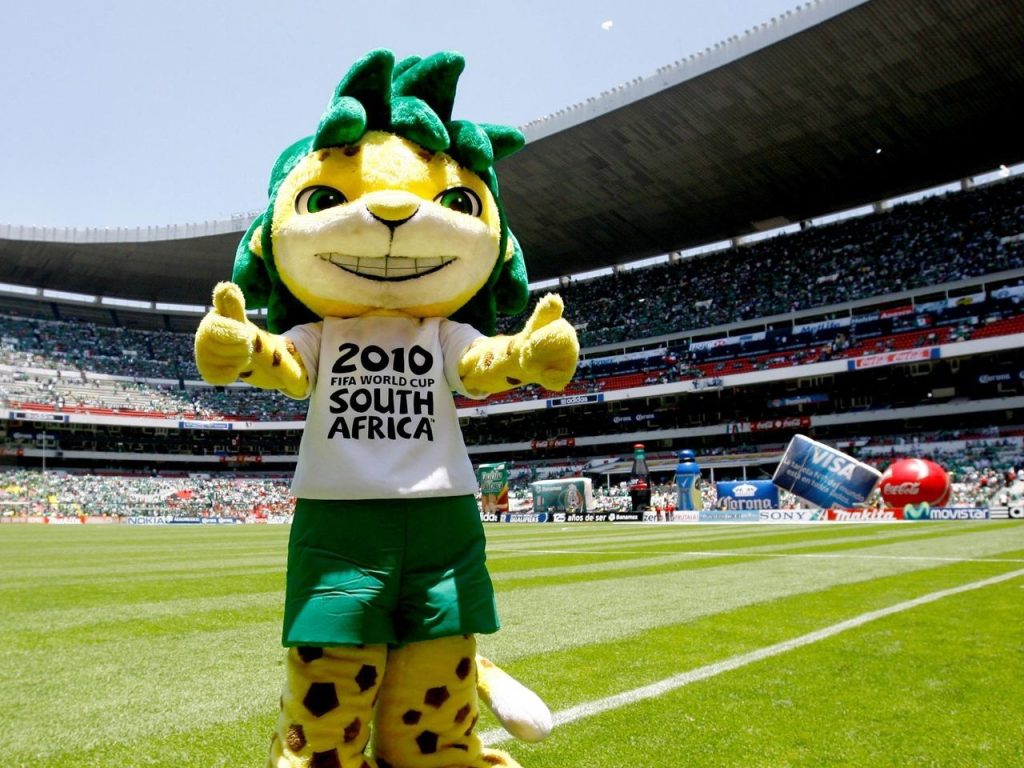
The match ball for the 2010 World Cup, manufactured by Adidas, was named the Jabulani, which means “bringing joy to everyone” in Zulu. It was the 11th World Cup match ball made by the German sports equipment maker; it featured 11 colors, representing each player of a team on the pitch and the 11 official languages of South Africa. A special match ball with gold panels called the Jo’bulani, was used at the final in Johannesburg.
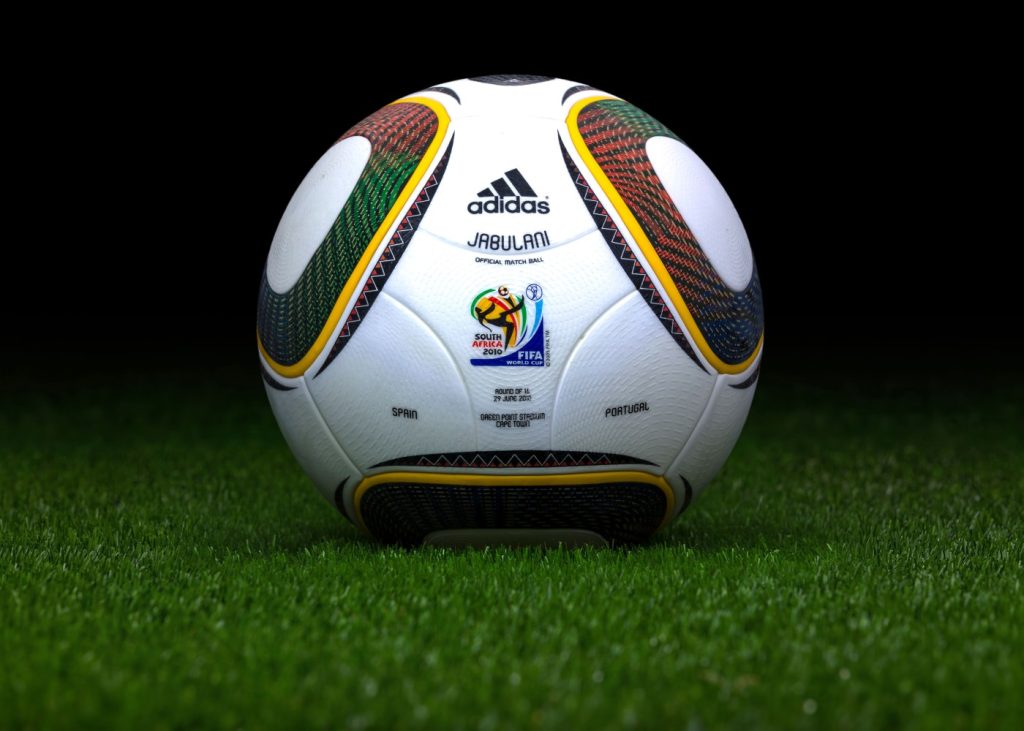
The official song of the 2010 World Cup “Waka Waka (This Time for Africa)”, was performed by the Colombian singer Shakira and the band Freshlyground from South Africa, and is sung in both English and Spanish. The song is based on a traditional African soldier’s song, “Zangalewa”.Shakira and Freshlyground performed the song at the pre-tournament concert in Soweto on 10 June. It was also sung at the opening ceremony on 11 June and at the closing ceremony on 11 July.
Vuvuzelas
The 2010 finals amplified international public awareness of the vuvuzela, a long horn blown by fans throughout matches. Many World Cup competitors complained about the noise caused by the vuvuzela horns, including France’s Patrice Evra, who blamed the horns for the team’s poor performance. Other critics include Lionel Messi, who complained that the sound of the vuvuzelas hampered communication among players on the pitch, and broadcasting companies, which complained that commentators’ voices were drowned out by the sound.
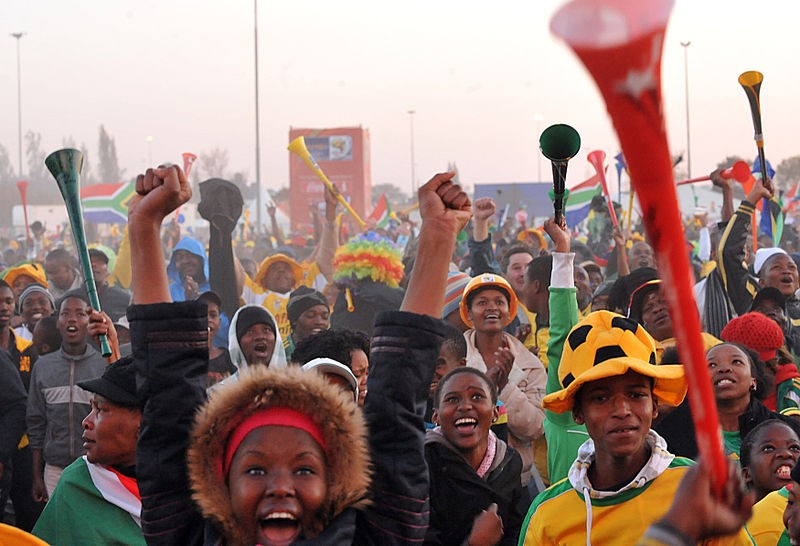
Others watching on television complained that the ambient audio feed from the stadium contained only the sounds of the vuvuzelas with the usual sounds of people in the stands drowned out. A spokesperson for ESPN and other networks said that they were taking steps to minimize the ambient noise on their broadcasts. The BBC also investigated the possibility of offering broadcasts without vuvuzela noise.
The 32 national teams involved in the tournament together played a total of 64 matches starting from the group stage matches and progressing to the knockout stage matches, with teams eliminated through the various progressive stages. Rest days were allocated during the various stages to allow players to recover during the tournament. Preliminary events were also held in celebration of the World Cup event. All times listed in the table below are in South African Standard Time.
The tournament match schedule was announced in November 2007. In the first round, or group stage, the 32 teams were divided into eight groups of four, with each team playing the other three teams in their group once. Teams were awarded three points for a win, one point for a draw, and none for a defeat. The top two teams in each group advanced to the round of 16.
The South American teams performed strongly, with all five advancing to the round of 16 (four as group winners), and four further advancing to the quarter-finals. However, only Uruguay advanced to the semi-finals.
Of the six African teams, only Ghana advanced to the round of 16. South Africa became the first host nation in World Cup history to be eliminated in the first round, despite beating France and drawing with Mexico, while Ghana and Ivory Coast were the only other African teams to win a match. The overall performance of the African teams, in the first World Cup to be hosted on the continent, was judged as disappointing by observers such as Cameroon great Roger Milla.
Only six out of the thirteen UEFA teams advanced to the round of 16, a record low since the introduction of this stage in 1986. Nonetheless, the final was contested by two European teams. In another World Cup first, the two finalists from the preceding tournament, Italy and France, were eliminated at the group stage, with Italy becoming the third defending champions to be eliminated in the first round after Brazil in 1966 and France in 2002. New Zealand, one of the lowest-ranked teams, surprised many by drawing all three of their group matches, ending the tournament as the only undefeated team.
Round of 16
In this round, each group winner (A-H) was paired against the runner-up from another group.
South American teams again performed strongly in the round of 16, with four teams advancing to the quarter-finals including Brazil who defeated fellow South Americans Chile.
European teams performed even more strongly in the sense that all matches between a European and a non-European team were won by the European team. In the previous edition (2006), they had also achieved this.
England’s 4–1 loss to Germany was their biggest-ever margin of defeat at a World Cup finals. It was also the first time that a World Cup finals match between these two traditional rivals had a decisive result in regulation time, their three previous meetings all being tied at 90 minutes, with two settled in extra time and one in a penalty shootout.
Ghana defeated the United States to become the third African team to reach the last eight (after Cameroon in 1990 and Senegal in 2002), and the only African team to have achieved both a top 8 finish and a separate top 16 finish (in 2006). Paraguay and Ghana reached the quarter-finals for the first time.
The round was marked by some controversial referees’ decisions, including:
A disallowed goal by England in their 4–1 loss against Germany, where the shot by Frank Lampard was seen to cross substantially over the goal line when shown on television broadcast replays.
An allowed goal by Argentina in their 3–1 win over Mexico, where Argentine striker Carlos Tevez was seen to be offside when shown on television broadcast replays, which were shown inside the stadium shortly after the incident.
FIFA President Sepp Blatter took the unusual step of apologizing to England and Mexico for the decisions that went against them, saying: “Yesterday I spoke to the two federations directly concerned by referees’ mistakes. I apologized to England and Mexico. The English said thank you and accepted that you can win some and you lose some and the Mexicans bowed their head and accepted it.”Blatter also promised to re-open the discussion regarding devices that monitor possible goals and make that information immediately available to match officials, saying: “We will naturally take on board the discussion on technology and have the first opportunity in July at the business meeting.”Blatter’s call came less than four months after FIFA general secretary Jérôme Valcke said the door was closed on goal-line technology and video replays after a vote by the IFAB.
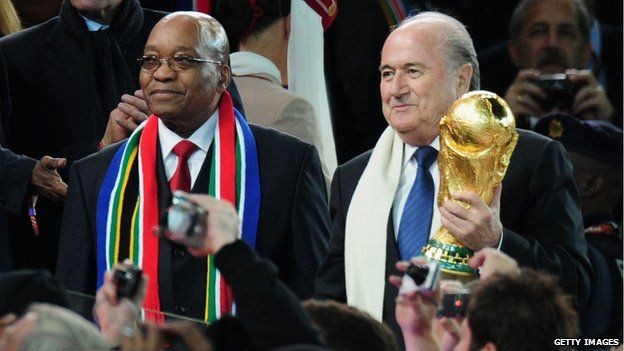
Quarter-finals
The three quarter-finals between European and South American teams all resulted in wins for the Europeans. Germany had a 4–0 victory over Argentina, and the Netherlands came from behind to beat Brazil 2–1, handing the Brazilians their first loss in a World Cup match held outside Europe (other than in a penalty shootout) since 1950 when Uruguay won the decisive match 2–1. Spain reached the final four for the first time since 1950 after a 1–0 win over Paraguay. Uruguay, the only South American team to reach the semi-finals, overcame Ghana in a penalty shoot-out after a 1–1 draw in which Ghana missed a penalty at the end of extra time after Luis Suárez controversially handled the ball on the line.
Semi-finals
The Netherlands qualified for the final for the third time with a 3–2 win over Uruguay. Spain reached their first-ever final with a 1–0 victory over Germany. As a result, it was the first World Cup final not to feature at least one of Brazil, Italy, Germany, or Argentina.
Third place play-off
Germany defeated Uruguay 3–2 to secure third place. Germany holds the record for most third-place finishes in the World Cup (4), while Uruguay holds the record for most fourth-place finishes (3).
Final
The final was held on 11 July 2010 at Soccer City, Johannesburg. Spain defeated the Netherlands 1–0, with an extra-time goal from Andrés Iniesta. Iniesta scored the latest winning goal in a FIFA World Cup final (116′). The win gave Spain their first World Cup title, becoming the eighth team to win it. This made them the first new winner without home advantage since Brazil in 1958, and the first team to win the tournament after having lost their opening game.
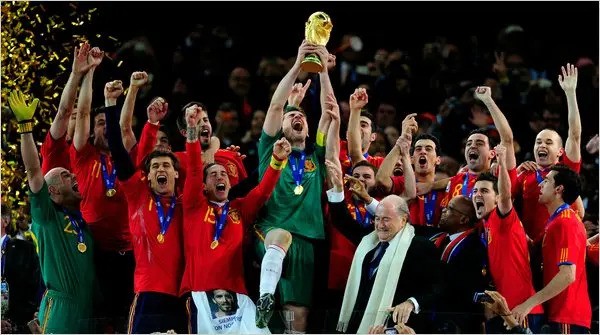
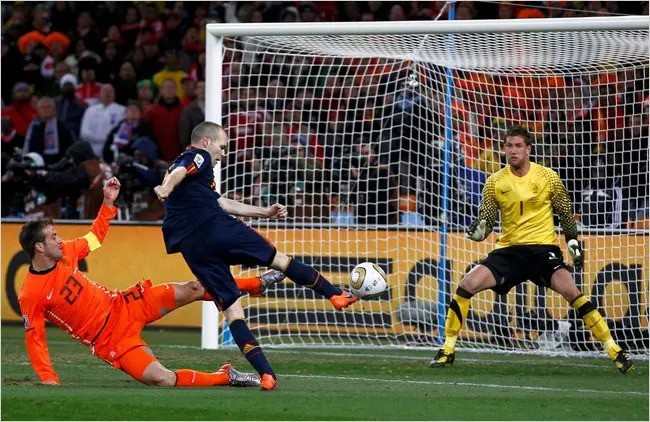
A large number of fouls were committed in the final match. Referee Howard Webb handed out 14 yellow cards, more than doubling the previous record for this fixture, set when Argentina and West Germany shared six cards in 1986, and John Heitinga of the Netherlands was sent off for receiving a second yellow card. The Netherlands had chances to score, most notably in the 60th minute when Arjen Robben was released by Wesley Sneijder to be one-on-one with Spain’s goalkeeper Iker Casillas, only for Casillas to save the shot with an outstretched leg. For Spain, Sergio Ramos missed a free header from a corner kick when he was unmarked. Iniesta finally broke the deadlock in extra time, scoring a volleyed shot from a pass by Cesc Fàbregas.
This result marked the first time that two teams from the same continent had won successive World Cups (following Italy in 2006) and saw Europe reaching 10 World Cup titles, surpassing South America’s nine titles. Spain became the first team since West Germany in 1974 to win the World Cup as European champions. The result also marked the first time that a European nation had won a World Cup Finals that was not hosted on European soil.
A closing ceremony was held before the final, featuring singer Shakira. Afterward, former South African President Nelson Mandela made a brief appearance on the pitch, wheeled in by a motorcar.
The total prize money on offer for the tournament was confirmed by FIFA as US$420 million (including payments of US$40 million to domestic clubs), a 60 percent increase on the 2006 tournament. Before the tournament, each of the 32 entrants received US$1 million for preparation costs. Once at the tournament, the prize money was distributed as follows:
US$8 million – To each team eliminated at the group stage (16 teams) ($10.74 million in 2023 US dollars)
US$9 million – To each team eliminated in the round of 16 (8 teams) ($12.08 million in 2023 US dollars)
US$14 million – To each team eliminated in the quarter-finals (4 teams) ($18.79 million in 2023 US dollars)
US$18 million – Fourth placed team ($24.16 million in 2023 US dollars)
US$20 million – Third-placed team ($26.84 million in 2023 US dollars)
US$24 million – Runner up ($32.21 million in 2023 US dollars)
US$30 million – Winner ($40.26 million in 2023 US dollars)
In a first for the World Cup, FIFA made payments to the domestic clubs of the players representing their national teams at the tournament. This saw a total of US$40 million paid to domestic clubs. This was the result of an agreement reached in 2008 between FIFA and European clubs to disband the G-14 group and drop their claims for compensation dating back to 2005 over the financial cost of injuries sustained by their players while on international duty, such as that from Belgian club Charleroi S.C. for injury to Morocco’s Abdelmajid Oulmers in a friendly game in 2004, and from English club Newcastle United for an injury to England’s Michael Owen in the 2006 World Cup.
The World Cup brought significant economic benefits to South Africa, including infrastructure improvements, job creation, and increased tourism. It also fostered a sense of national pride and unity among the diverse population.
The tournament inspired a new generation of footballers in Africa, leading to increased investment in grassroots football and youth development programs. The legacy of the World Cup continues to shape football on the continent, with African nations making significant strides in international competitions.


